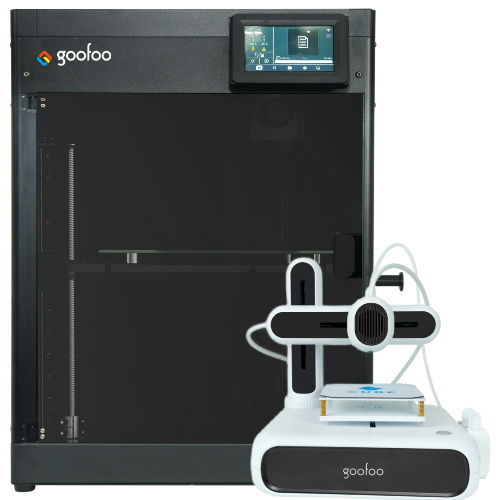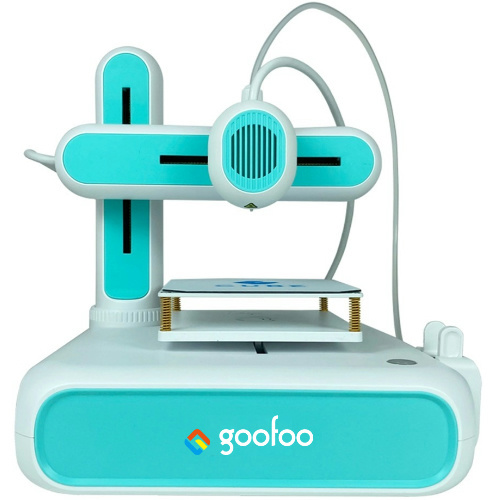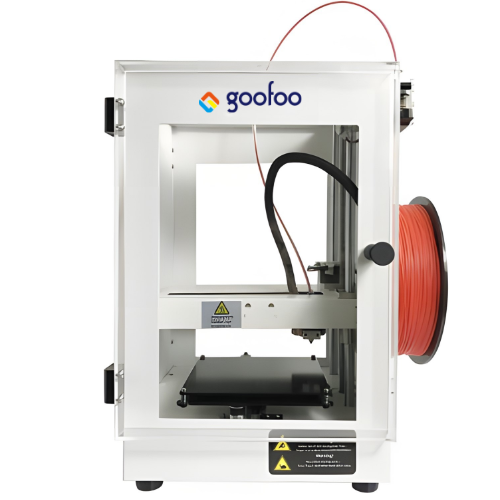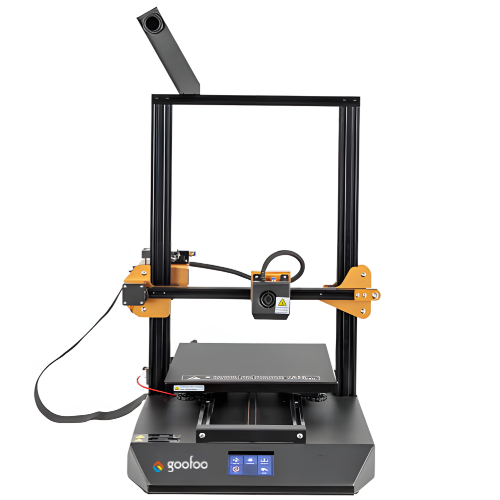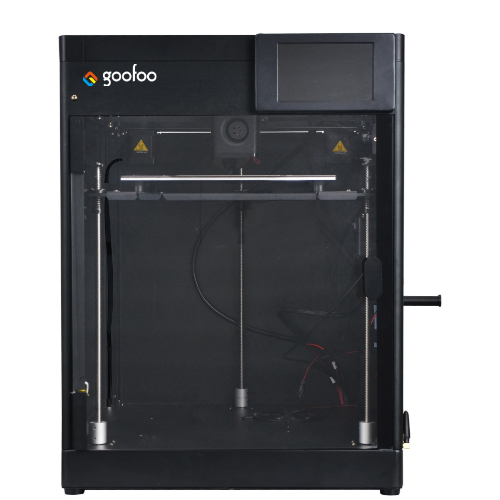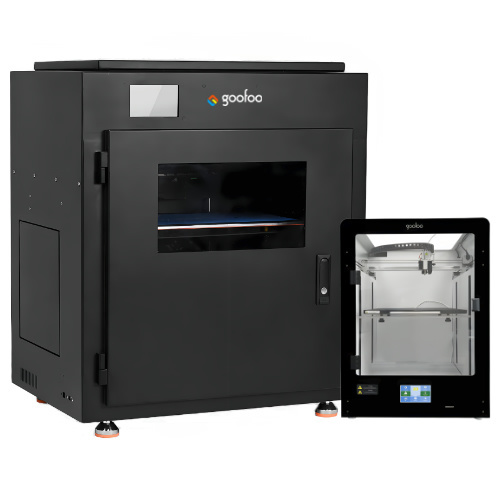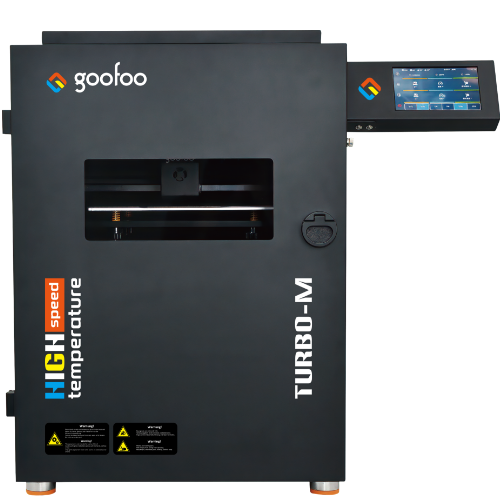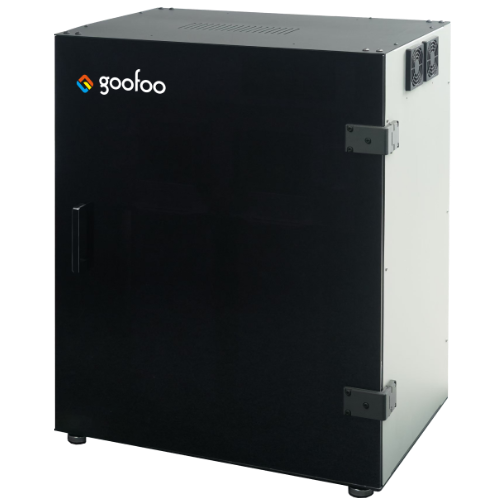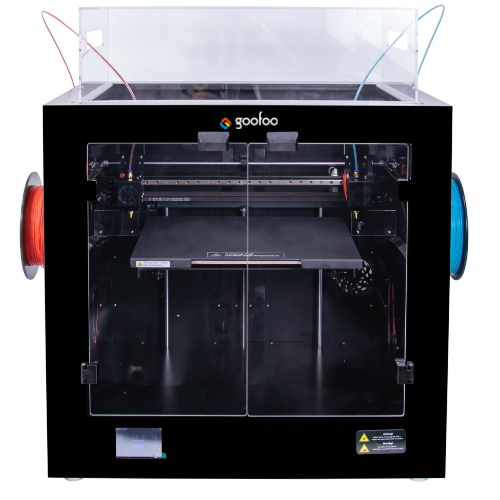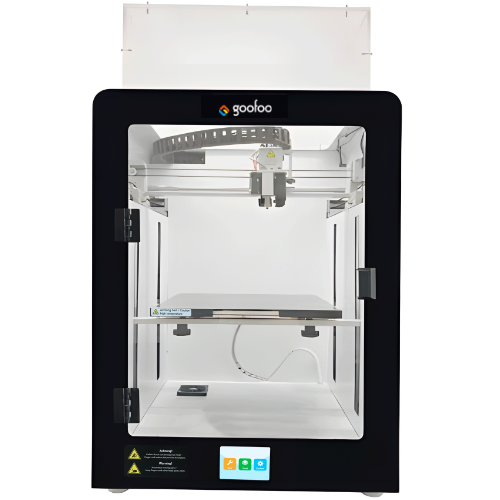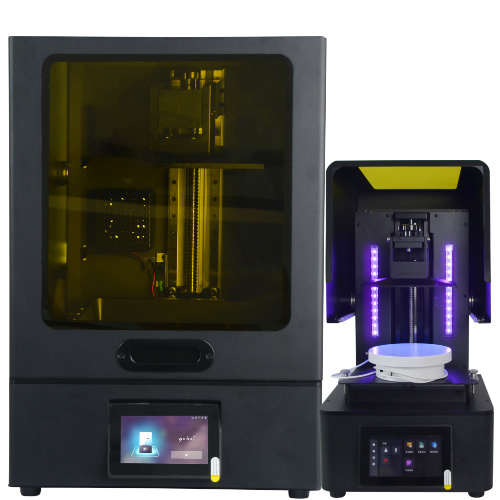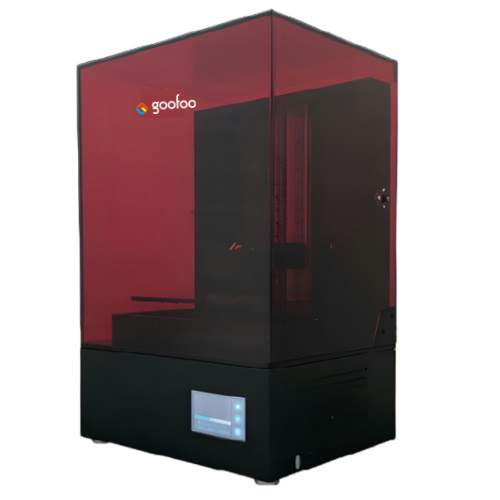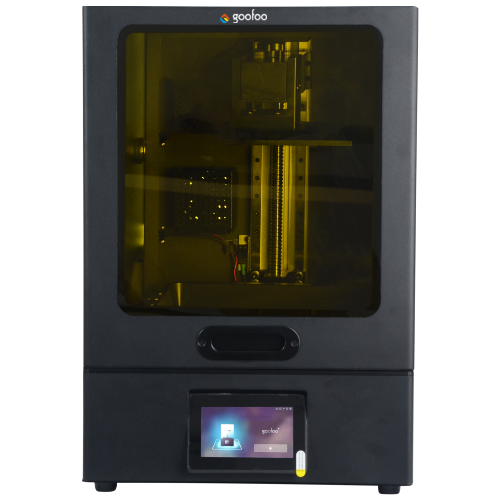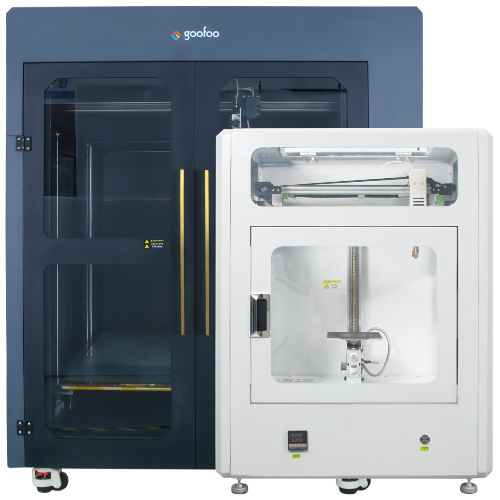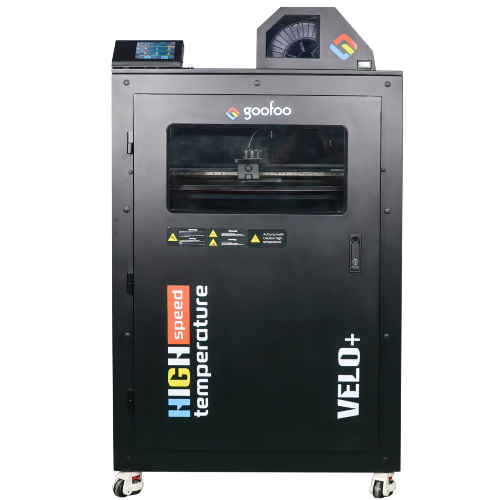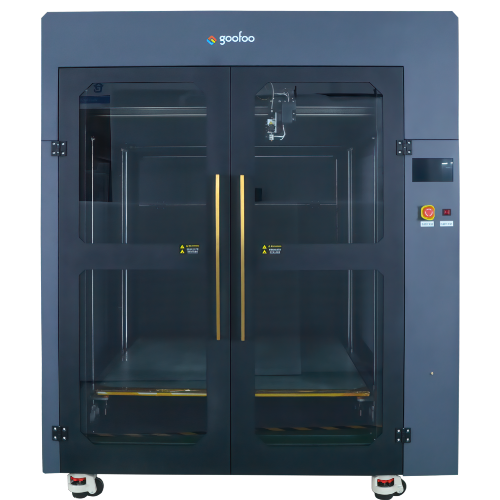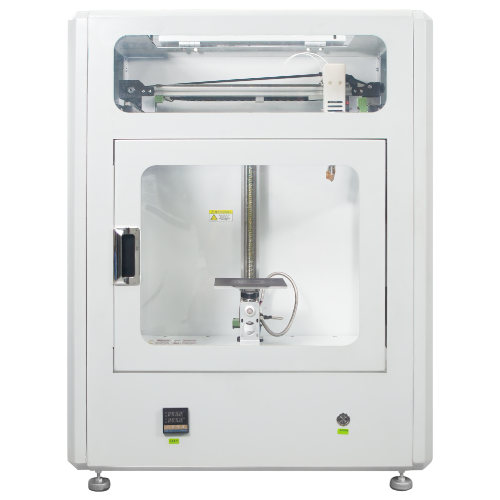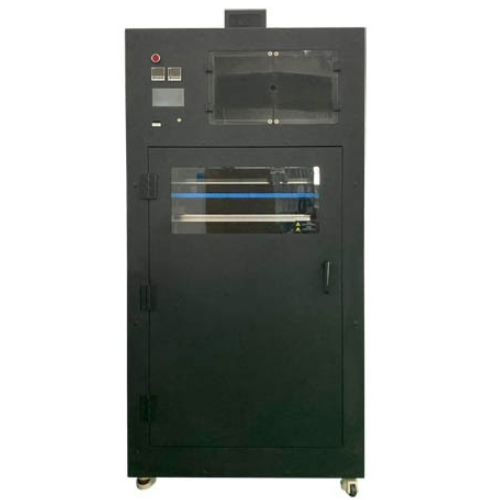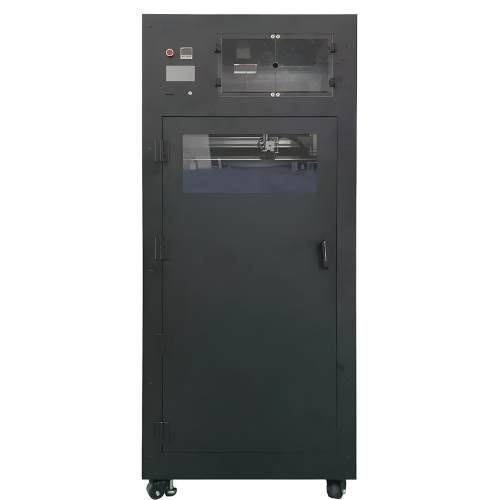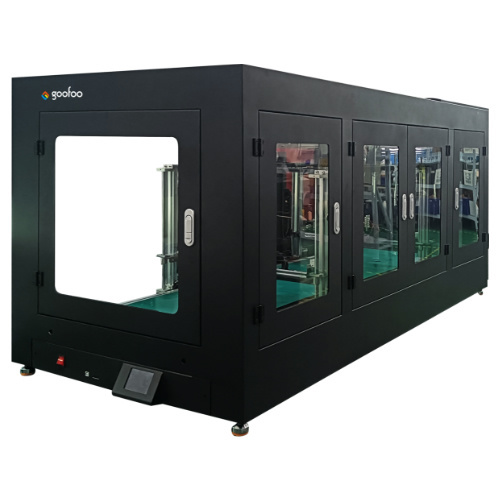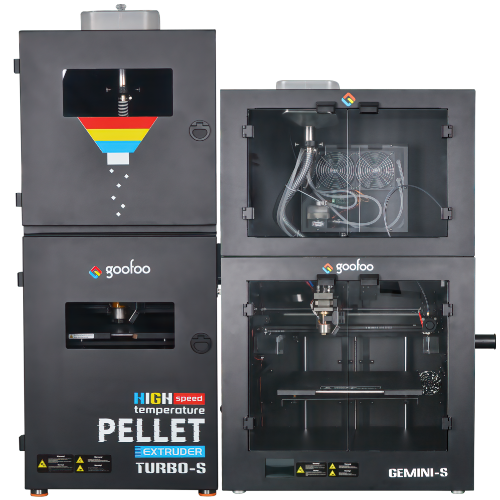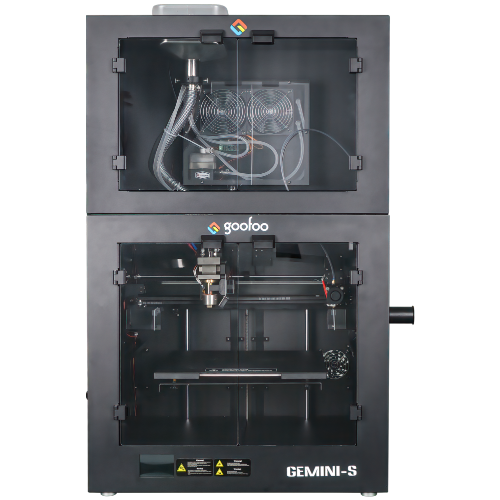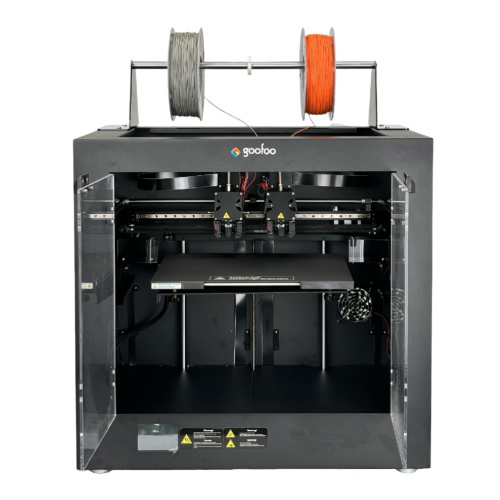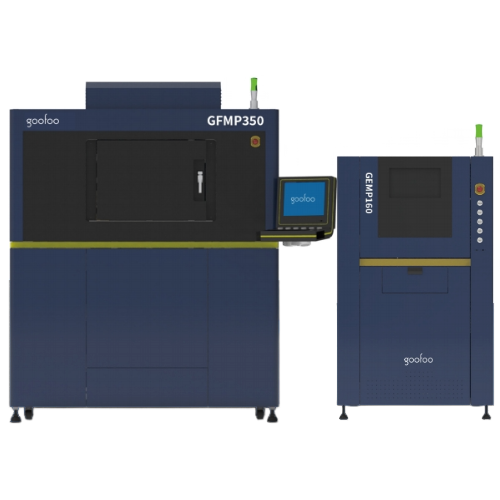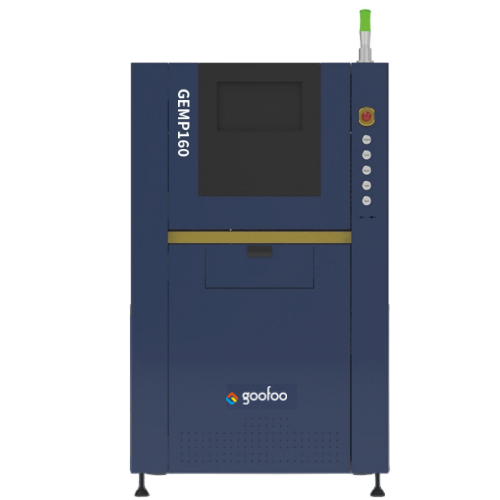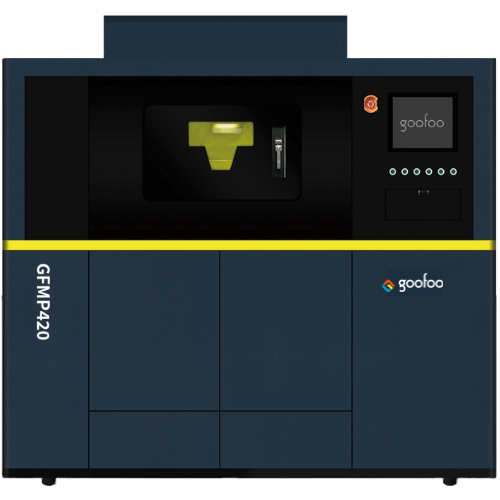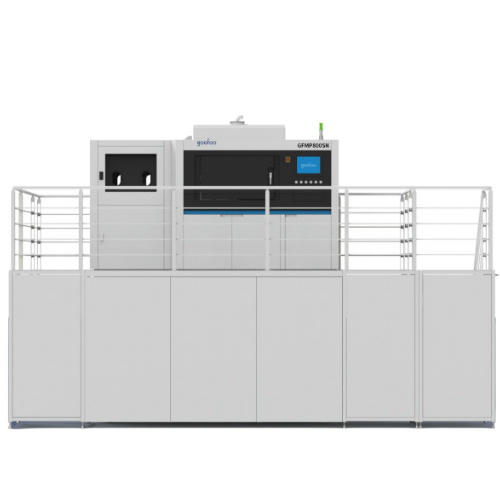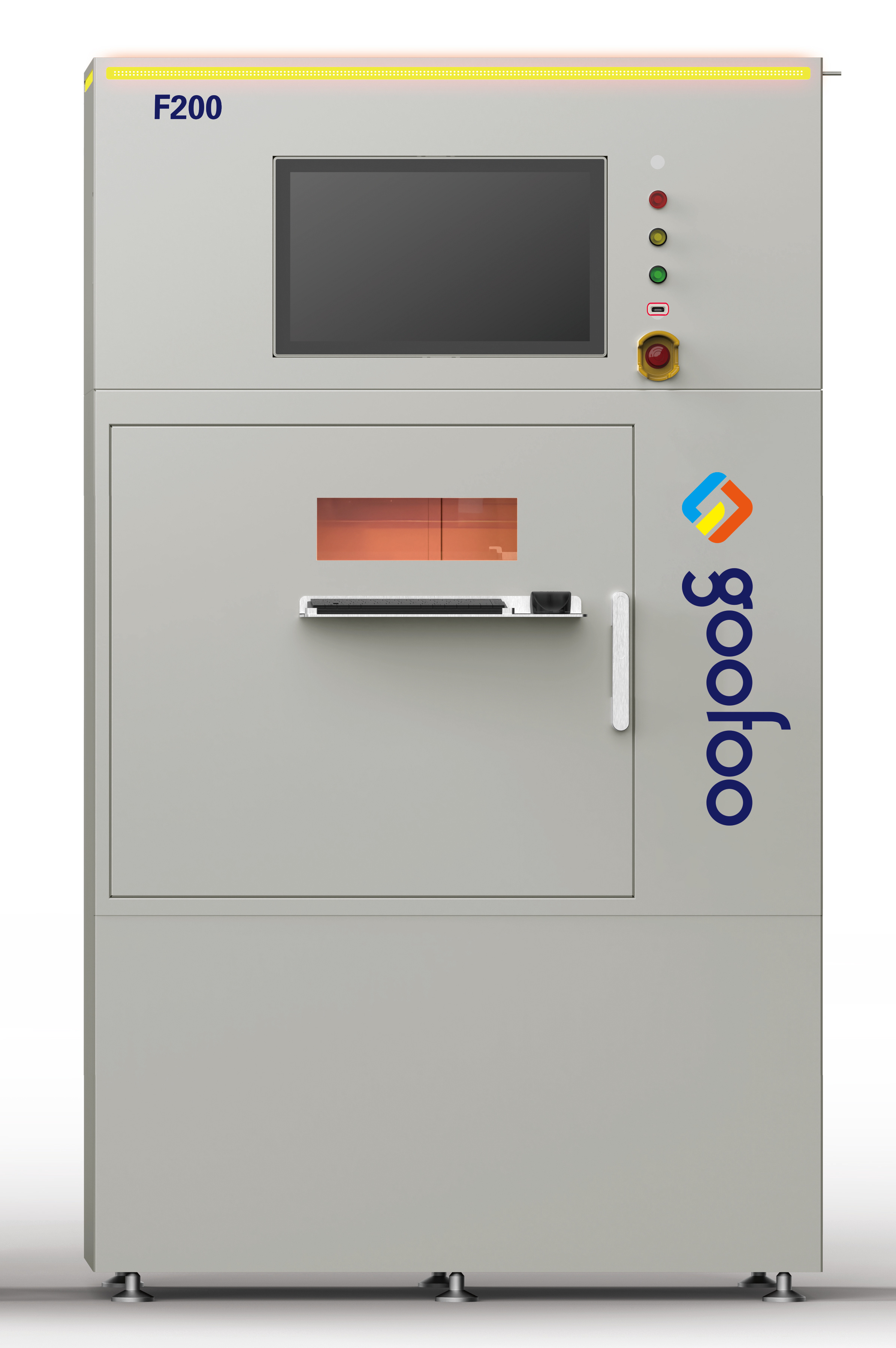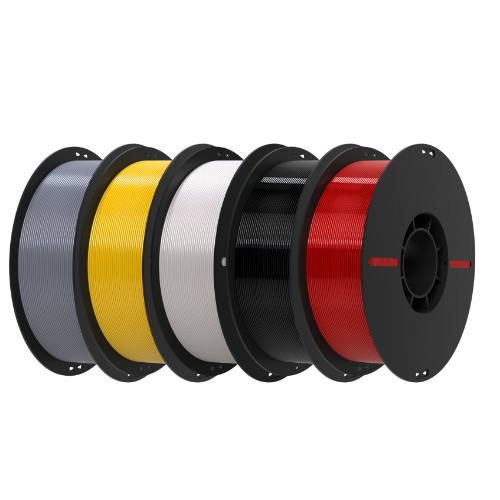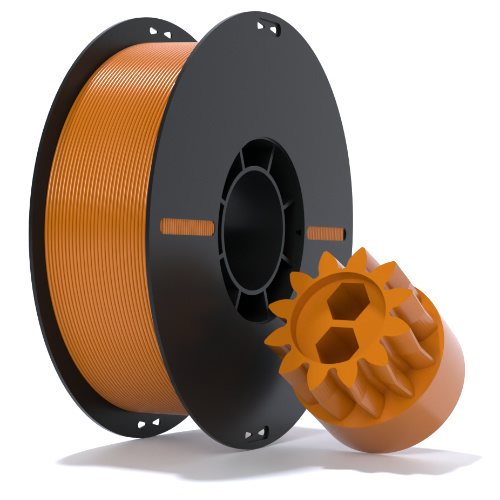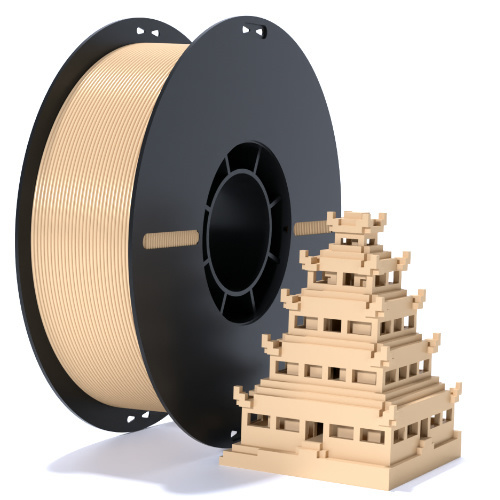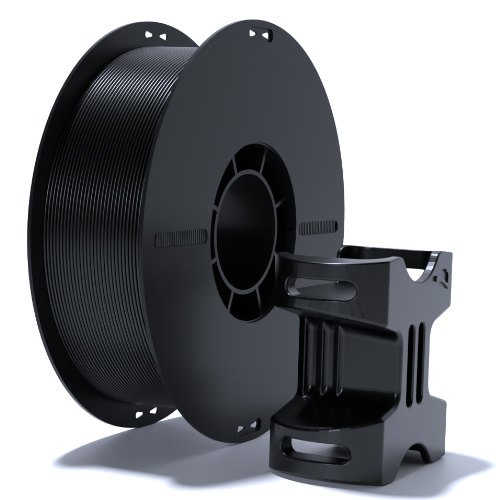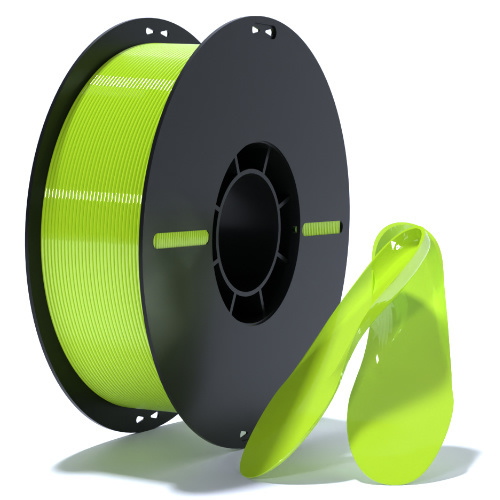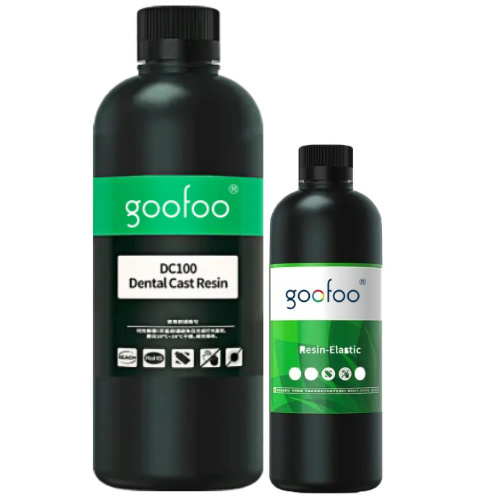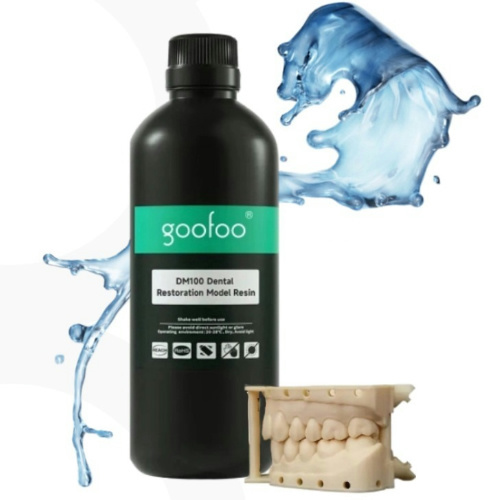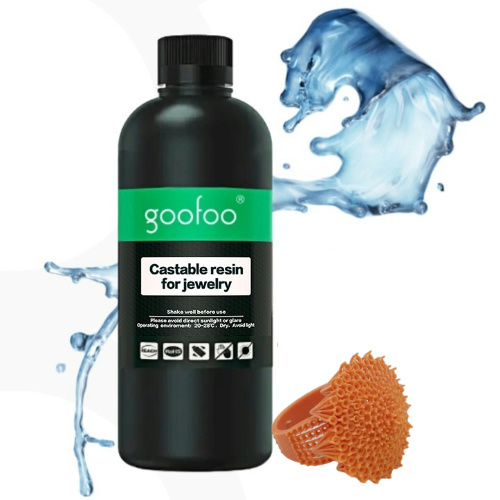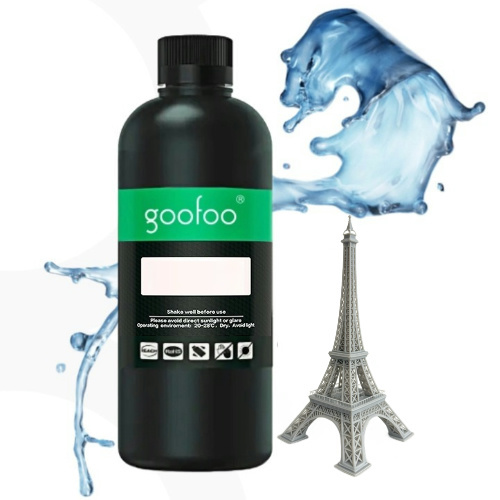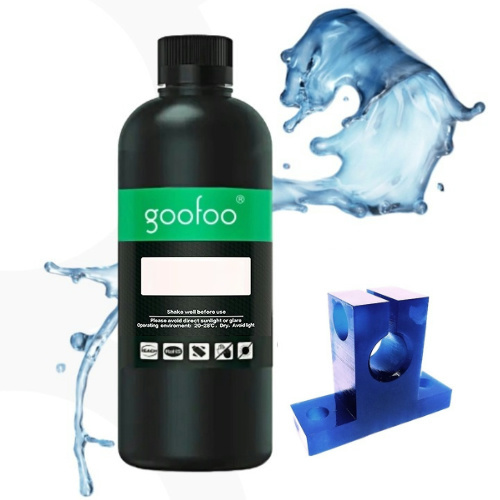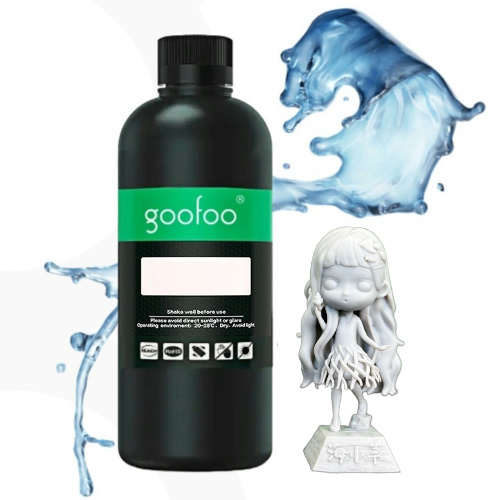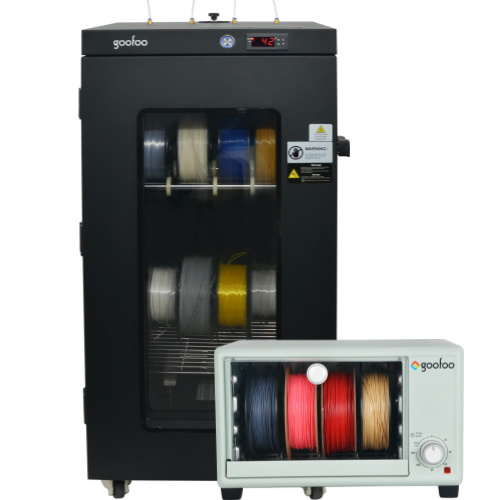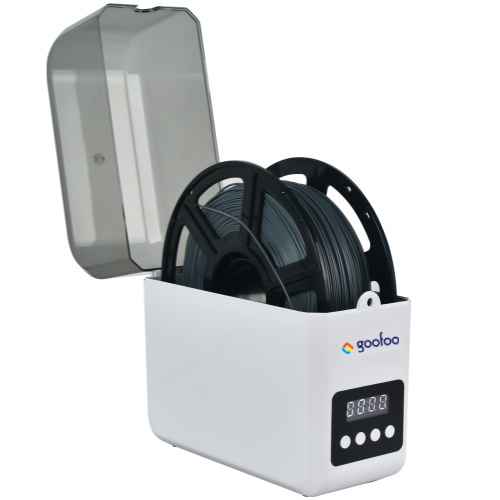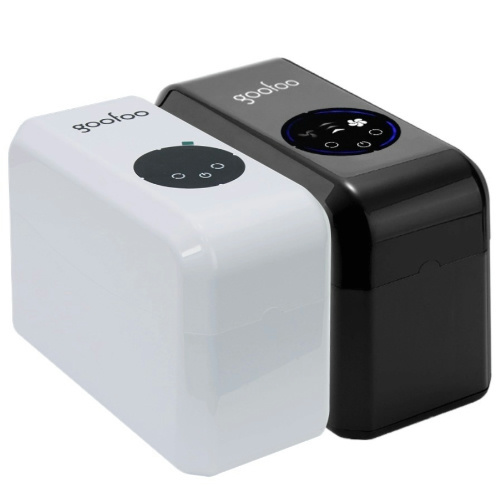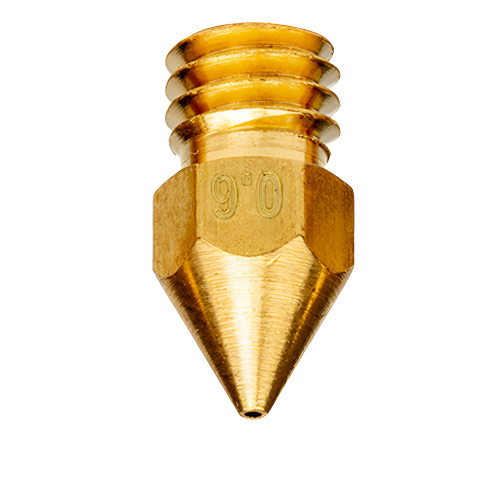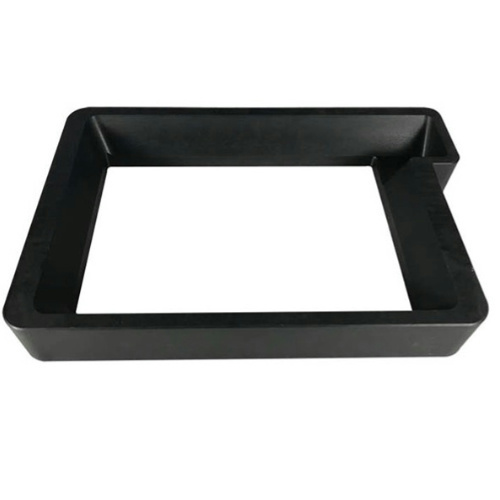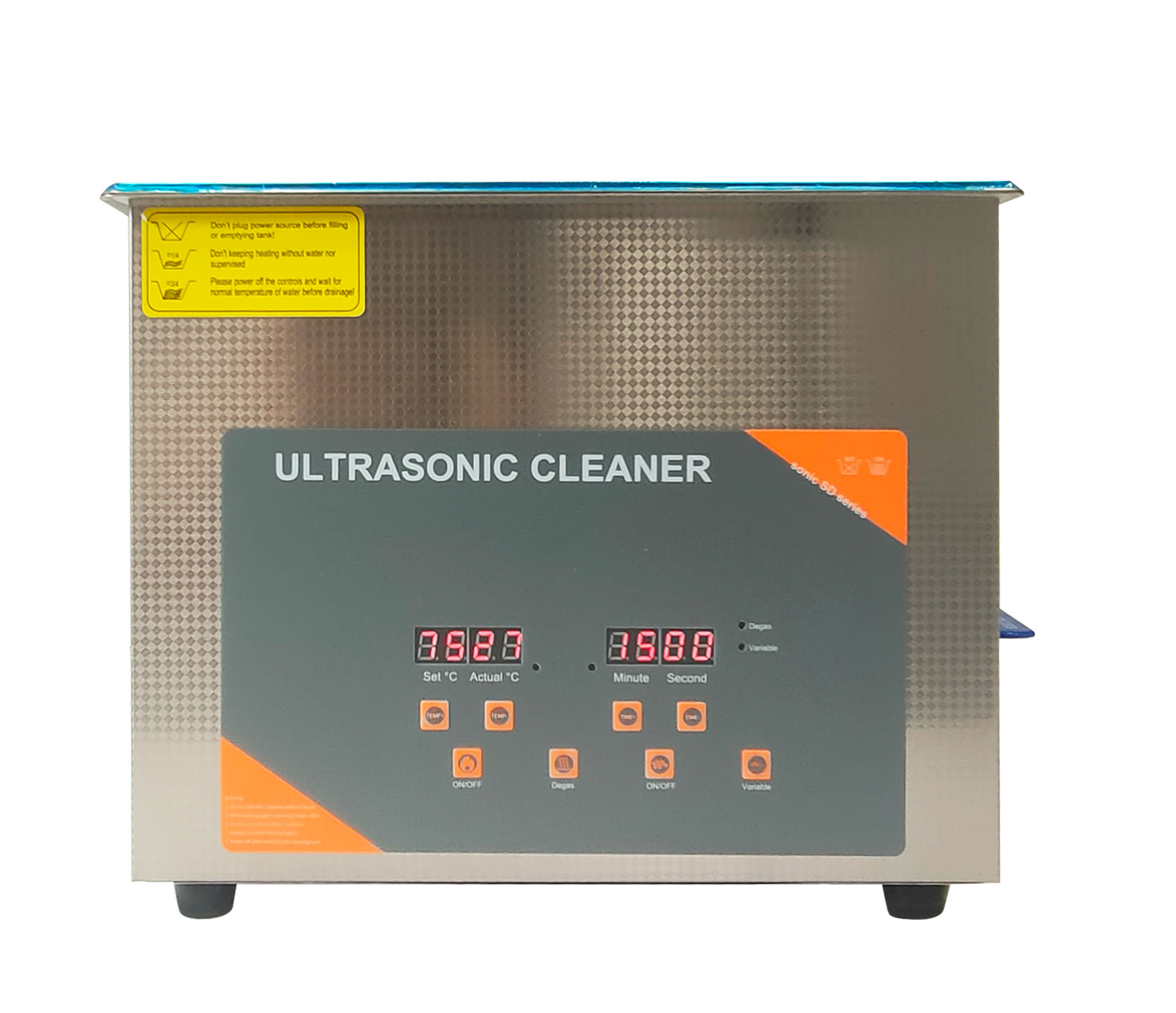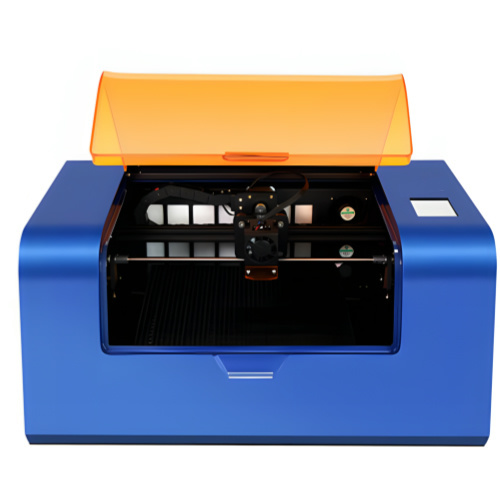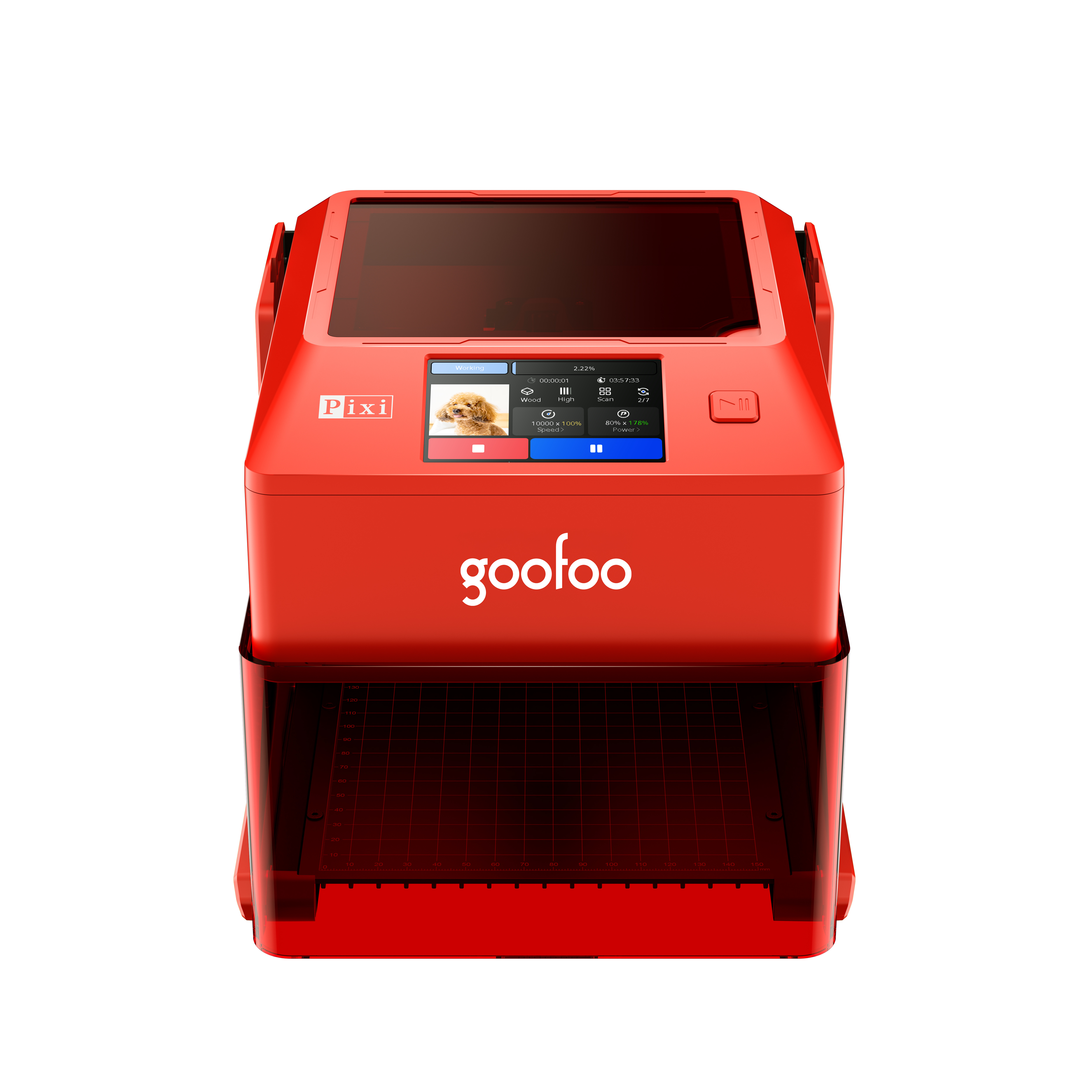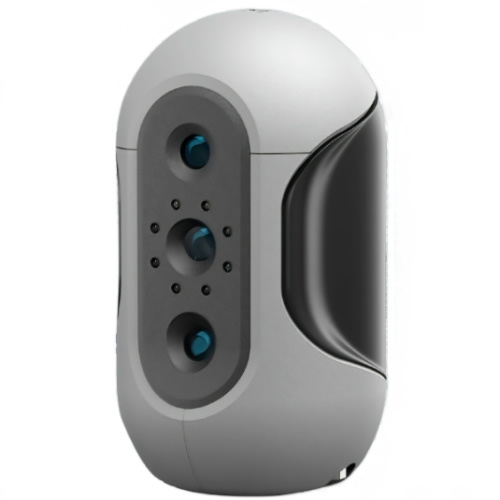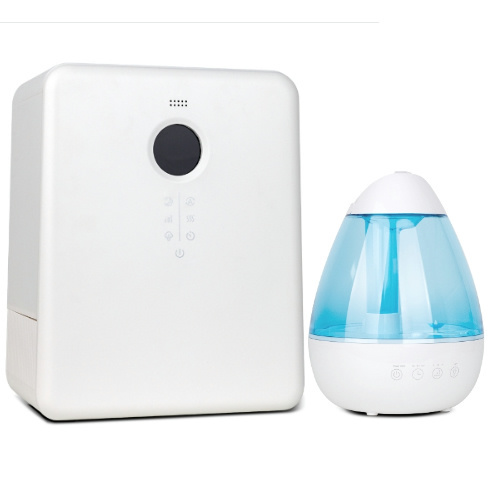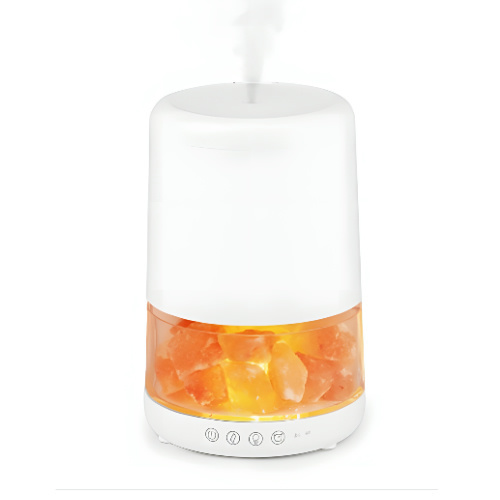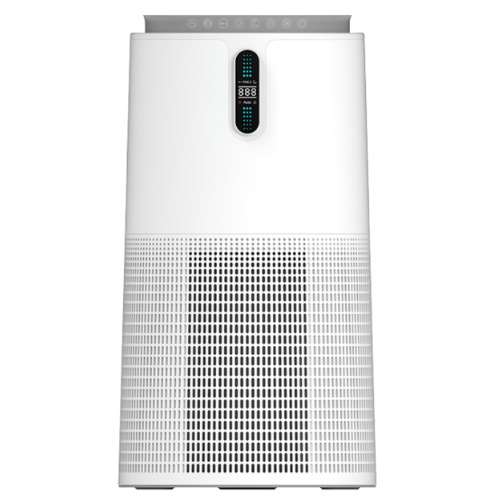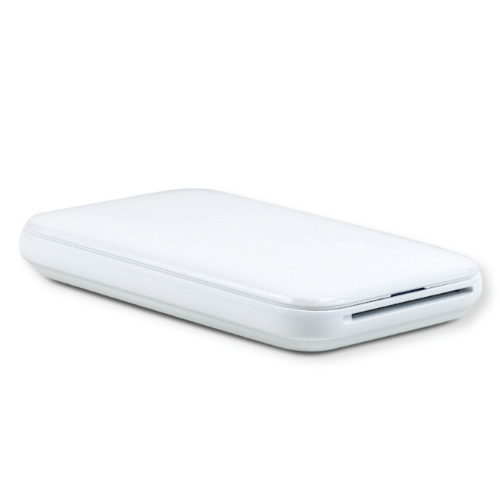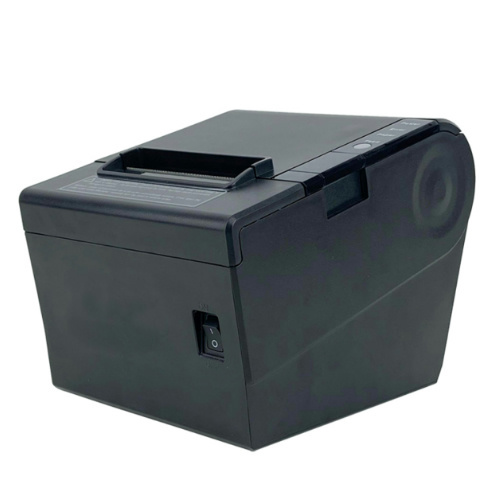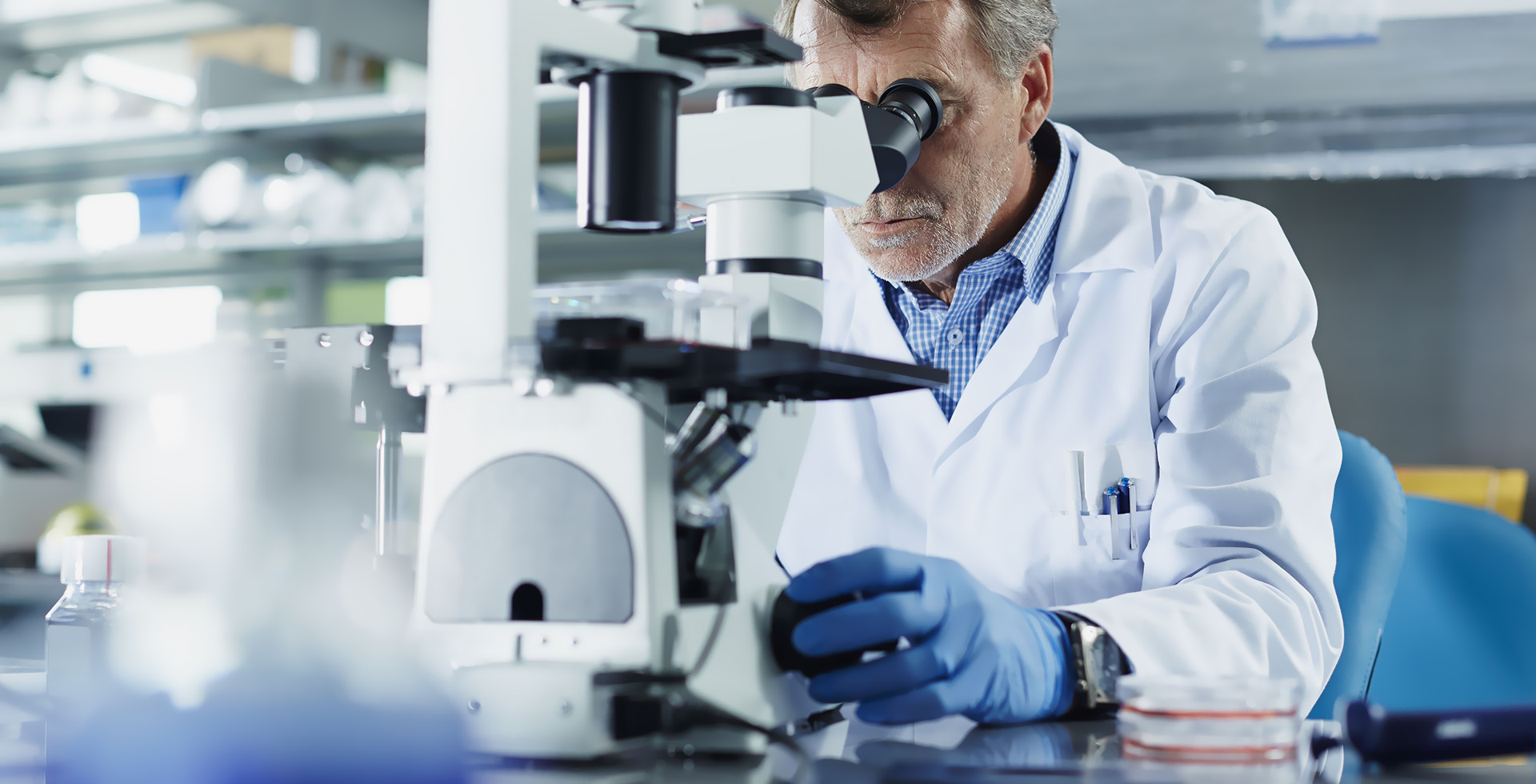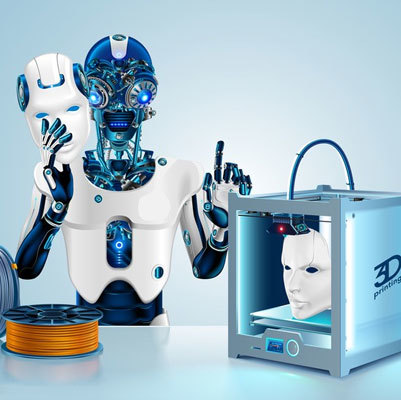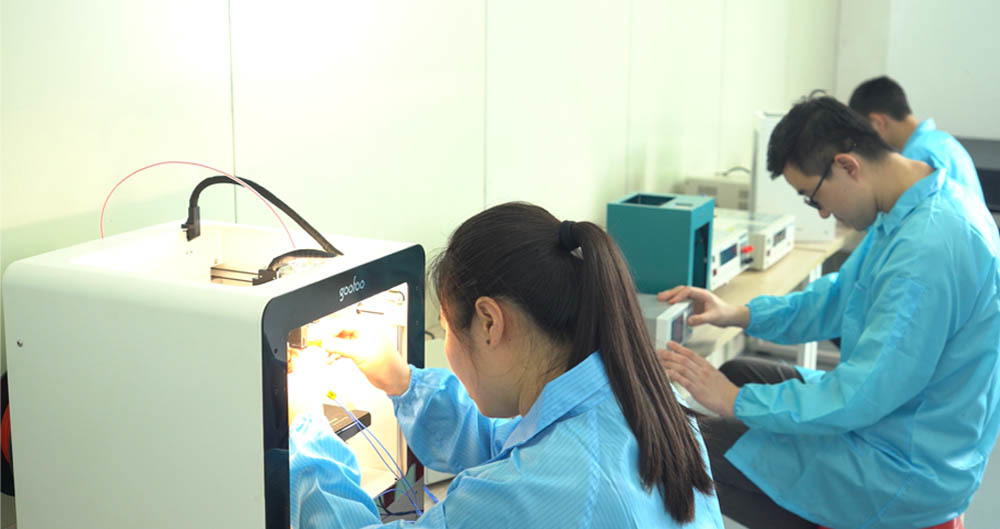All Categories
Understanding the Essentials of 3D Printer Extruders: A Comprehensive Guide
2025-07-27 12:40
3D printer extruders play a pivotal role in the additive manufacturing process, as they are responsible for feeding the filament into the hotend, where it is melted and deposited layer by layer to create the final object. Understanding the intricacies of 3D printer extruders can significantly improve your 3D printing efficiency and output quality.
There are primarily two types of extruders: direct drive and Bowden. Direct drive extruders are mounted directly on the print head, providing precise control over filament feeding and allowing for better retraction, which is essential for intricate prints. On the other hand, Bowden extruders are situated away from the print head, which reduces the weight on the moving parts but may introduce challenges in controlling filament flow, particularly with flexible materials.
When selecting a 3D printer extruder, consider the compatibility with your specific printer model and the types of filament you plan to use. Common filament materials include PLA, ABS, PETG, and TPU, each requiring different temperature settings and extrusion speeds. The choice of extruder can greatly influence how well these materials perform, so research is essential.
Maintenance of your 3D printer extruder is crucial for consistent performance. Regularly check for clogs or jams, which can disrupt the flow of filament and lead to print failures. Cleaning the nozzle periodically with a suitable cleaning filament or using a cold pull technique can help maintain optimal performance. Additionally, ensure that the gears and idler are well-lubricated and free from dust and debris.
Another aspect to consider is the extruder's gear ratio. A higher gear ratio can provide more torque, which is beneficial when using more challenging filaments. Conversely, a lower gear ratio might result in faster printing speeds but may struggle with materials that require more force to push through.
Adjusting settings in your slicing software can also enhance the performance of your 3D printer extruder. Experiment with different extrusion multipliers, temperatures, and retraction settings to find the perfect balance for your specific materials and applications.
In conclusion, understanding the function and maintenance of your 3D printer extruder is essential for achieving high-quality prints. By choosing the right extruder type, maintaining it properly, and adjusting your settings accordingly, you can significantly enhance your 3D printing experience and produce successful outcomes. Whether you are a hobbyist or a professional, a well-functioning extruder is key to unlocking the full potential of your 3D printing projects.
There are primarily two types of extruders: direct drive and Bowden. Direct drive extruders are mounted directly on the print head, providing precise control over filament feeding and allowing for better retraction, which is essential for intricate prints. On the other hand, Bowden extruders are situated away from the print head, which reduces the weight on the moving parts but may introduce challenges in controlling filament flow, particularly with flexible materials.
When selecting a 3D printer extruder, consider the compatibility with your specific printer model and the types of filament you plan to use. Common filament materials include PLA, ABS, PETG, and TPU, each requiring different temperature settings and extrusion speeds. The choice of extruder can greatly influence how well these materials perform, so research is essential.
Maintenance of your 3D printer extruder is crucial for consistent performance. Regularly check for clogs or jams, which can disrupt the flow of filament and lead to print failures. Cleaning the nozzle periodically with a suitable cleaning filament or using a cold pull technique can help maintain optimal performance. Additionally, ensure that the gears and idler are well-lubricated and free from dust and debris.
Another aspect to consider is the extruder's gear ratio. A higher gear ratio can provide more torque, which is beneficial when using more challenging filaments. Conversely, a lower gear ratio might result in faster printing speeds but may struggle with materials that require more force to push through.
Adjusting settings in your slicing software can also enhance the performance of your 3D printer extruder. Experiment with different extrusion multipliers, temperatures, and retraction settings to find the perfect balance for your specific materials and applications.
In conclusion, understanding the function and maintenance of your 3D printer extruder is essential for achieving high-quality prints. By choosing the right extruder type, maintaining it properly, and adjusting your settings accordingly, you can significantly enhance your 3D printing experience and produce successful outcomes. Whether you are a hobbyist or a professional, a well-functioning extruder is key to unlocking the full potential of your 3D printing projects.
3d printer extruder
Recommended News
language
English
العربية
বাংলাদেশ
Български
Hrvatski
Česky
Dansk
Nederland
 Esperanto
Esperanto
Slovenski
Filipino
Suomi
Français
Maori
 Shqiptare
Shqiptare
Georgian
 Euskara
Euskara
Deutsch
Ελλάδα
ישראל
इंडिया
Magyarország
Ísland
Indonesia
Irlanda
Italia
日本語
Sovensko
Հայաստան
한국
Kyrgyz
ປະເທດລາວ
 Zulu
Zulu
Latvian
Lithuanian
Luxembourgish
 Latinus
Latinus
Macedonian
Малайская
Maltese
Монгол улс
 Cymraeg
Cymraeg
ဗမာ
 தமிழ்
தமிழ்
नेपाल
Norge
ایران
Polska
Portugal
România
Российская
Србија
 Slovak
Slovak
Србија
 Slovak
Slovak
Bosanski
Slovenian
Беларус
España
Sverige
Точик
ประเทศไทย
Türk
Azərbaycan
Uzbek
 Afrikaans
Afrikaans
Việt Nam
Skype / WhatsApp: +86 592-5713513 / +86-13860126490
No.88-3, North Tongji Road, Xike County, Tong'an District, Xiamen, Fujian China
Xiamen Goofoo Technology Co., Ltd. All Rights Reserved 闽ICP备2022008070号-1 SEO 300.cn
Phone:+0086 592-5713513
Address: No.88-3, North Tongji Road, Xike County, Tong’an District, Xiamen, Fujian China
Email: sales@goofoo3d.com
We will give you feedback in time

